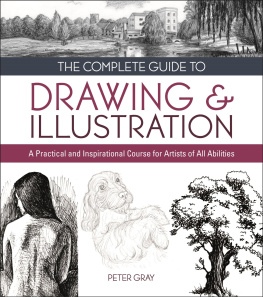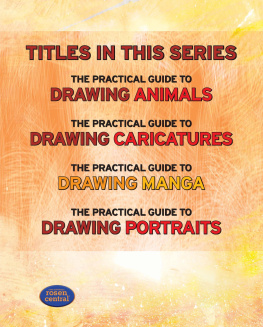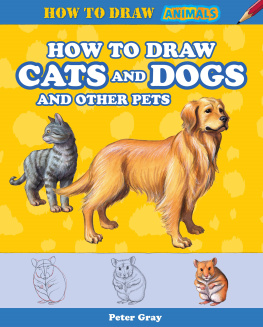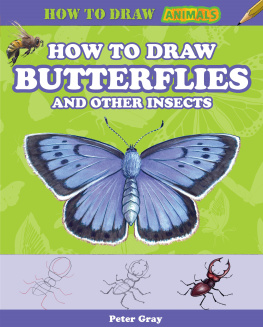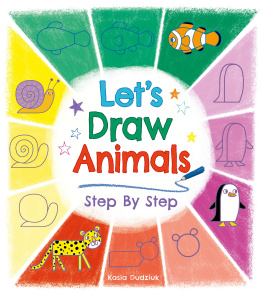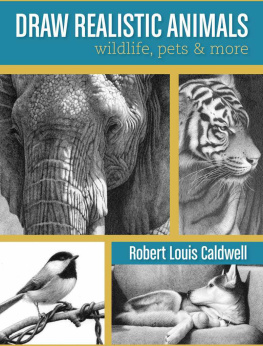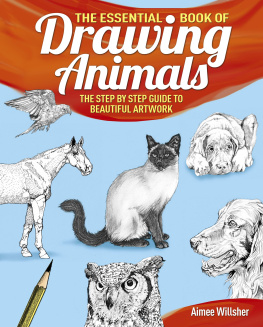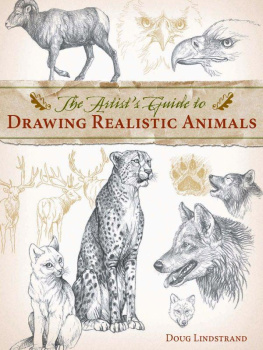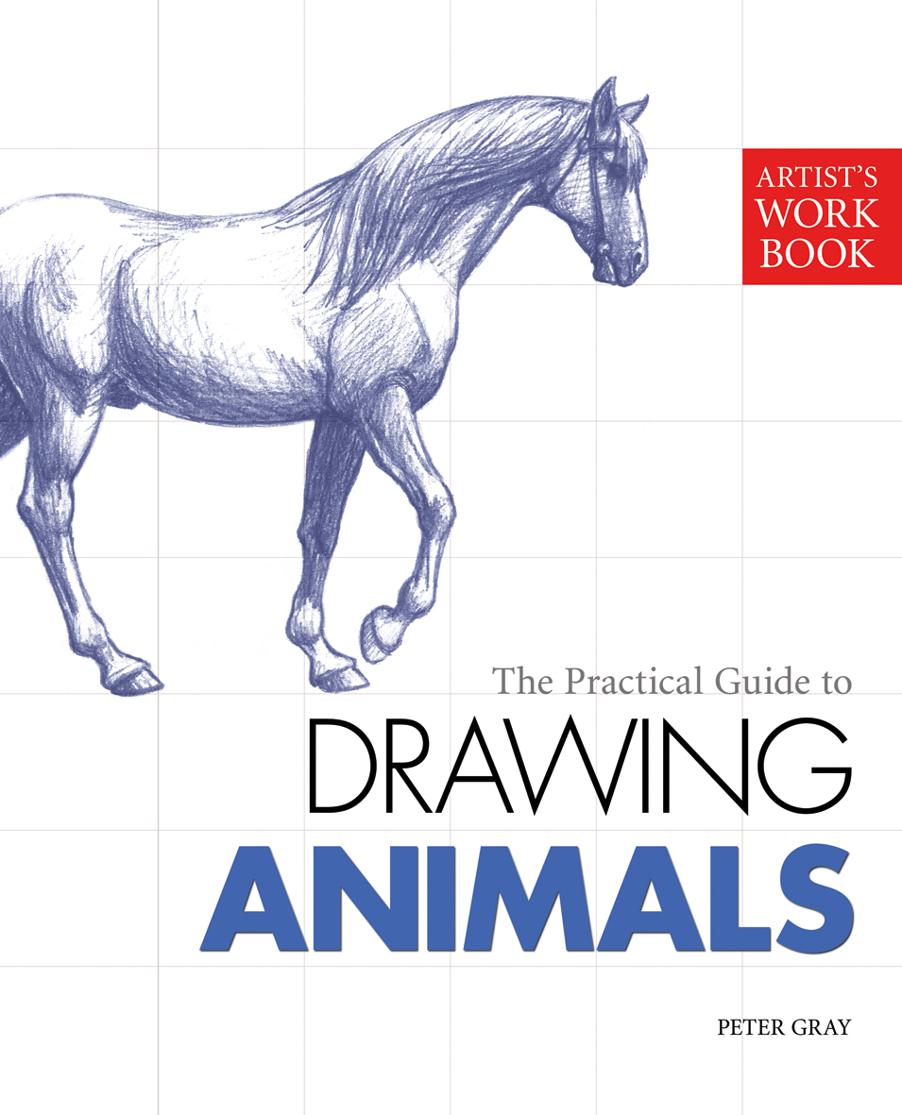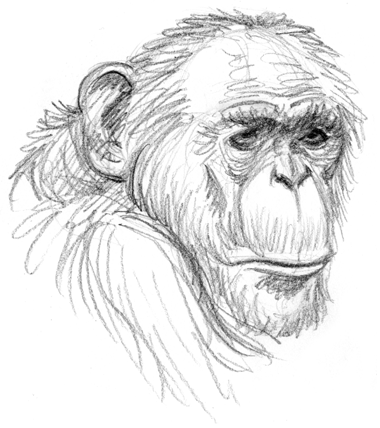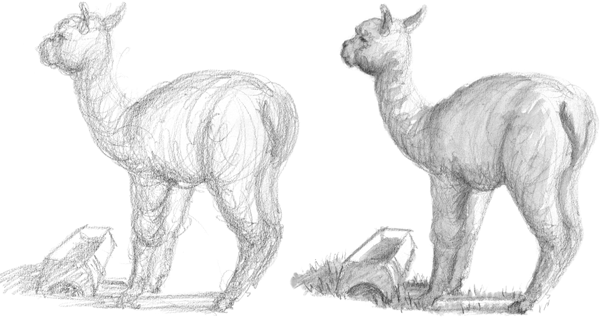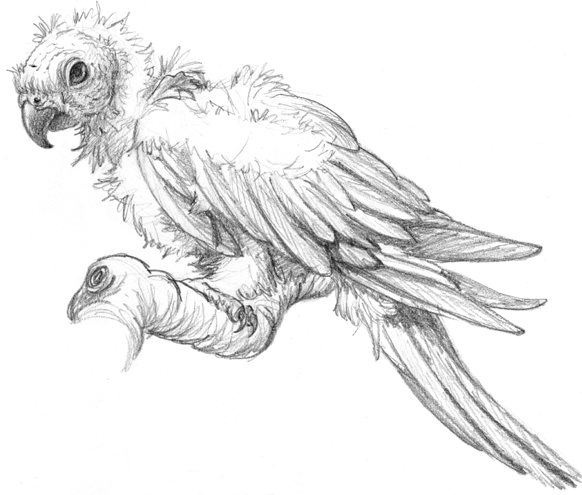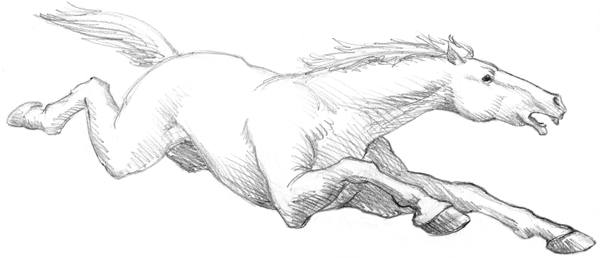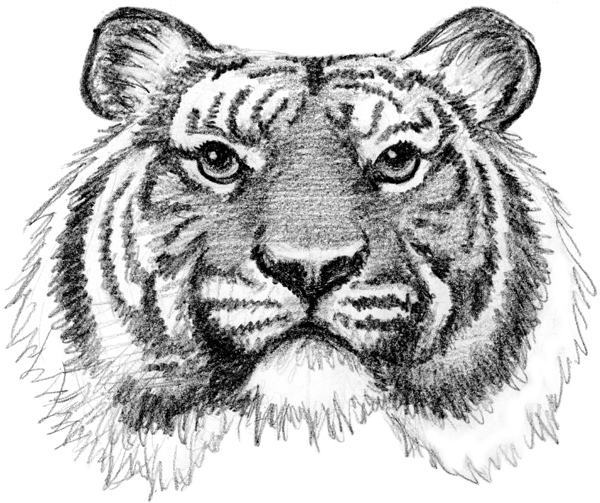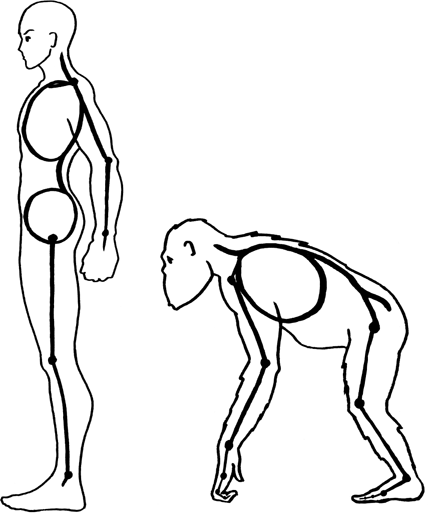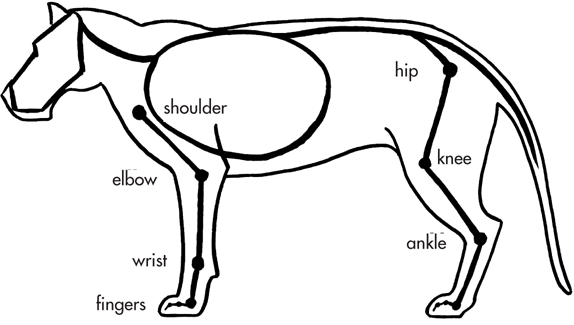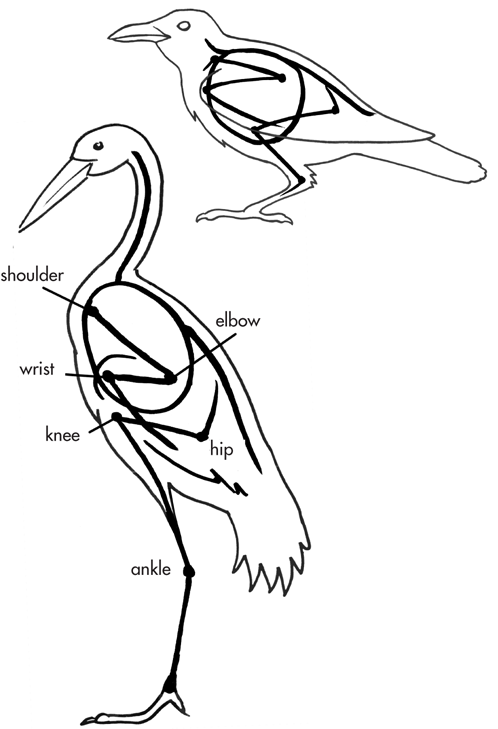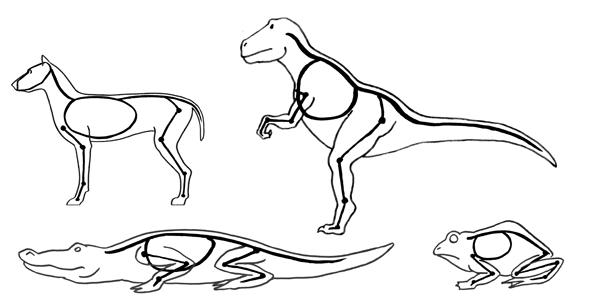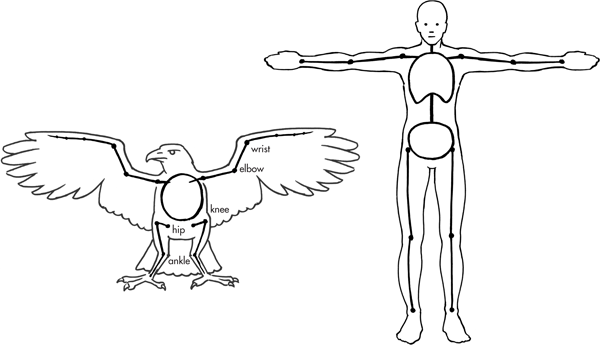
This edition published in 2013 by Arcturus Publishing Limited
26/27 Bickels Yard, 151153 Bermondsey Street,
London SE1 3HA
Text and illustrations copyright 2009 Peter Gray
All rights reserved. No part of this publication may be reproduced, stored in a retrieval system, or transmitted, in any form or by any means, electronic, mechanical, photocopying, recording or otherwise, without prior written permission in accordance with the provisions of the Copyright Act 1956 (as amended). Any person or persons who do any unauthorised act in relation to this publication may be liable to criminal prosecution and civil claims for damages.
The author wishes to thank Melford Green Alpaca Farm, Suffolk.
Series Editor: Ella Fern
eISBN: 978-1-78212-895-3
AD001112EN
CONTENTS
INTRODUCTION
BODY STRUCTURE
BASIC MATERIALS AND EQUIPMENT
DRAWING BASIC FORM
CHECKS AND MEASURES
PENCIL RENDERING
MARK MAKING
NEW VIEWPOINTS
MORE MATERIALS
CHARCOAL AND PASTEL STUDIES
WATERCOLOUR STUDIES
TONED PAPER
CLOSE OBSERVATION
DRAWING FROM LIFE
MOTION AND DYNAMISM
CHARACTER AND EXPRESSION
STYLIZATION
CARTOONING
INTRODUCTION
When prehistoric man first took a burnt stick and drew on the wall of his cave, it was animals that he chose to depict. To this day, the animal kingdom continues to fascinate and inspire us to create art. The subject is vast and almost unbelievably varied, offering the artist new interests and challenges at every turn.
This book aims to instruct the reader in the fundamental skills of drawing animals so that, with some application, even the complete beginner should be able to produce satisfying results. It is designed as a course, with each new subject following naturally from the previous one. Step-by-step demonstrations will teach you to capture basic animal form and then gradually increase your facilities to render shade, texture and detail. We will investigate various materials and techniques and strive to develop your own expressive drawing style along the way.
Capture expression and personality in your subjects.
Learn techniques for sketching animals from life.
Convey textures with elegance and simplicity.
Work up your drawings into expressive and dramatic statements.
Unlike the disciplines of still life, landscape and portraiture, animals can be elusive, unpredictable and rarely keep still. For these reasons, I recommend using photographic reference for most of the exercises in this book. But there is much more to drawing than merely copying from pictures. Photographs are merely starting points: selection, simplification, mark making and self-expression will make pictures that are more than mere copies. When following the exercises, try to resist simply copying my examples; apply the same stages to photographs of your own or in books, to create new pictures.
As you grow in confidence, Ill discuss strategies for working directly from life, for bringing drama and character to your pictures and for developing your own creative flourishes. The or so illustrations in this book represent only a tiny fraction of the techniques and stylistic approaches open to you as you continue to develop your mastery of drawing animals.
Draw with bold and confident mark making.
BODY STRUCTURE
In spite of the variety found in the animal kingdom, youll be pleased to know that the basic underlying structure is the same for most of the creatures on the planet. And whats more, its the same as our own!
Compare the human figure with that of other primates such as the chimpanzee. The joints are the same, but there are a couple of important differences. Because apes mainly walk on all fours, the pelvis is proportionately much smaller than ours. The spine does not curve in at the back like ours.
Other quadrupeds have the same curvature of spine and small pelvises as apes. Differently developed feet at first make their joints look unlike ours, but looking at the diagram of a lion above, you can see that in fact the flats of its paws are equivalent to the fingers and toes of the primate. It walks on what are the balls of the feet and hands in primates. The shoulder and hip joints are very close to the body and are not so immediately visible as in primates.
Birds both large and small are similarly constructed. It is not so easy to discern the joints in a birds wing, but each joint plays an important function which it is useful to understand when drawing them, especially when the wings are unfolded.
The same structure is to be found in other mammals, as well as amphibians and reptiles. Even dinosaurs and other ancient creatures were constructed with precisely the same joints.
These front views allow further comparison with the human structure. Clearly the proportions of the eagles bones are very different, which is only natural considering the very different functions the body parts serve.
BASIC MATERIALS AND EQUIPMENT
One of the great things about taking up drawing is that you need very little equipment to get started. There is a large and highly profitable industry in artists materials and some of the elaborate items on show in art shops can be very tempting, but fancy media and equipment generally do little to improve your skills and can confuse the issue of learning to draw. To start with youll need pencils, paper, an eraser and a knife, but throughout the book well look at other materials and tools you might want to experiment with and add to your kit.


